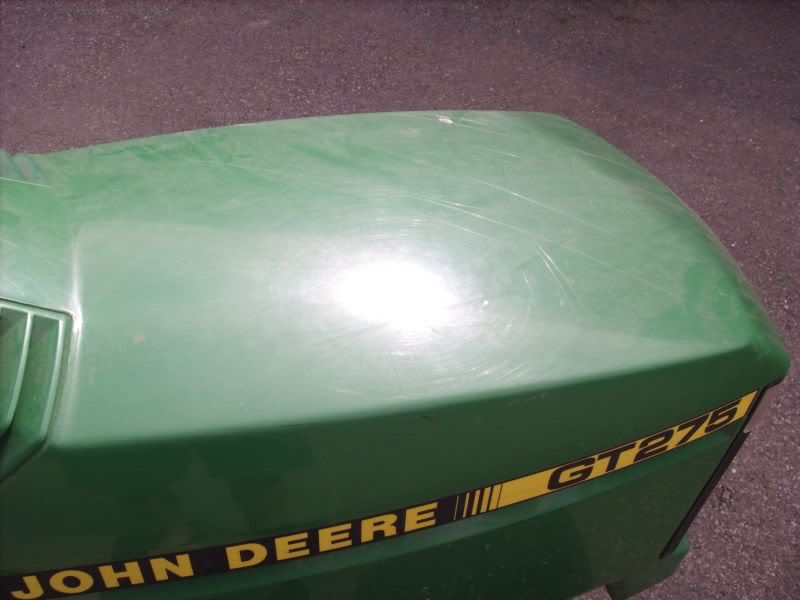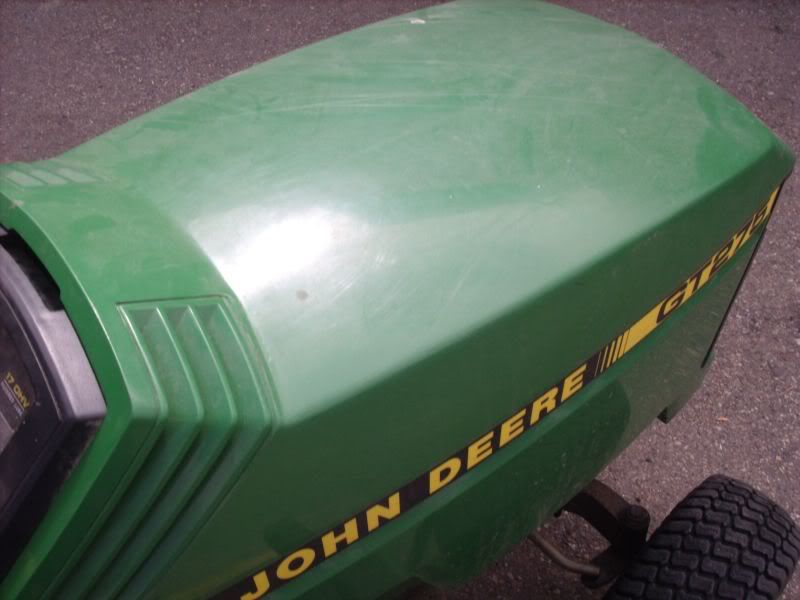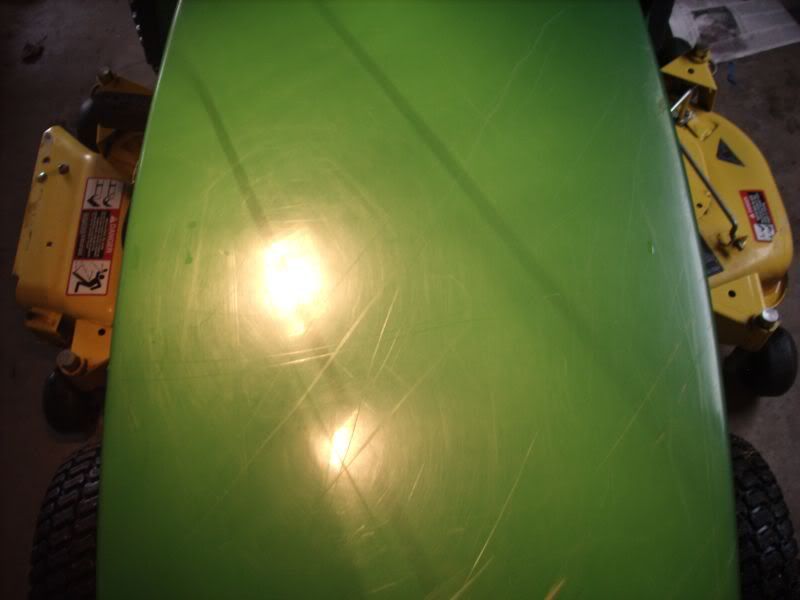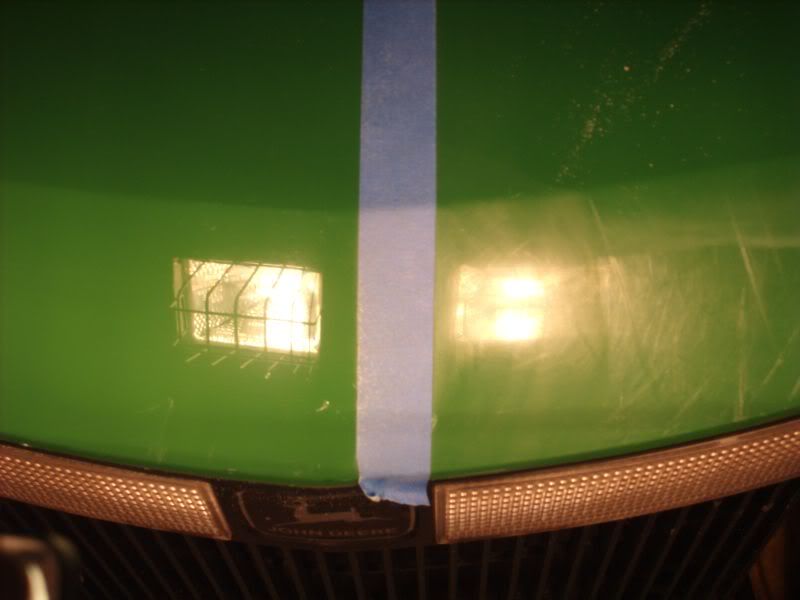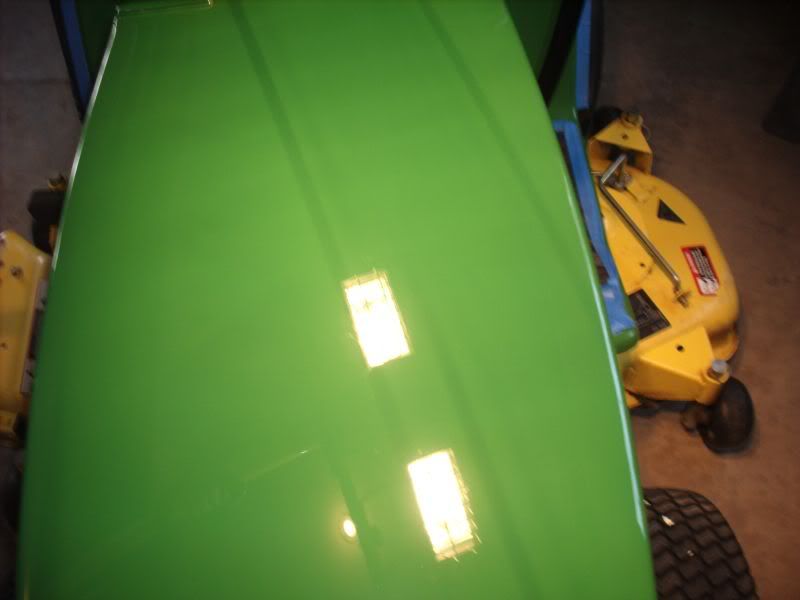How can one tell if something is painted versus molded plastic?
The "vehicle" in question is a 96 John Deere Tractor (GT275)
I was convinced it was SS (Imron), until I talked to somebody who seemed convinced it was green molded plastic....now I'm not certain.
The reason I have doubts is because I was able to correct it with my 3401 + SIP + PFW, but the correction went verrrrrrrrrrrrrrrrry slowly. Slower than anything I've ever seen. Also, when correcting it, I got a little bit of green paint transfer on my pad, but not much (as compared to SS vehicles, where they're caked in the color)
How could one tell paint vs plastic? Also, if it were molded plastic, what would be a good polish to use on it for correction? PFW/SIP works, but so slowly it's not even funny.
The "vehicle" in question is a 96 John Deere Tractor (GT275)
I was convinced it was SS (Imron), until I talked to somebody who seemed convinced it was green molded plastic....now I'm not certain.
The reason I have doubts is because I was able to correct it with my 3401 + SIP + PFW, but the correction went verrrrrrrrrrrrrrrrry slowly. Slower than anything I've ever seen. Also, when correcting it, I got a little bit of green paint transfer on my pad, but not much (as compared to SS vehicles, where they're caked in the color)
How could one tell paint vs plastic? Also, if it were molded plastic, what would be a good polish to use on it for correction? PFW/SIP works, but so slowly it's not even funny.

